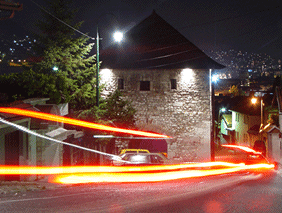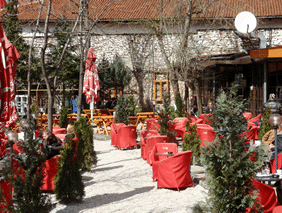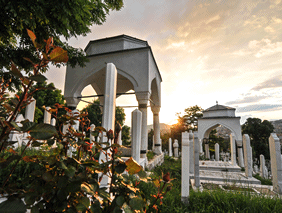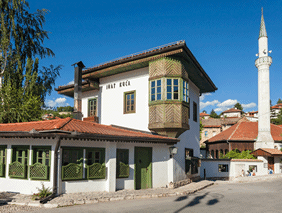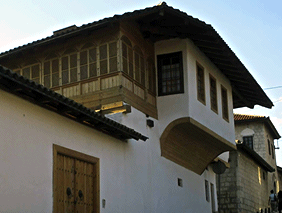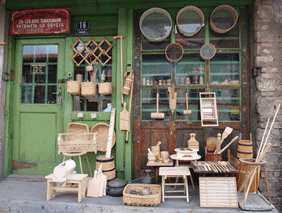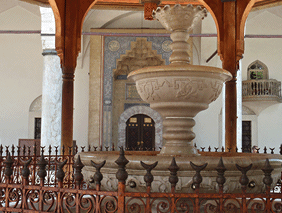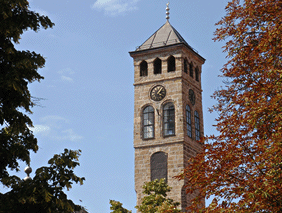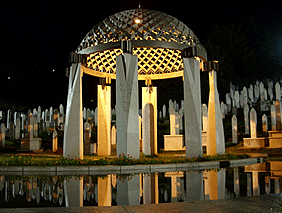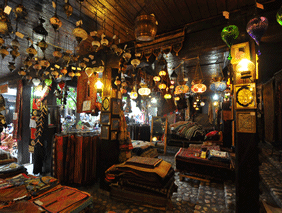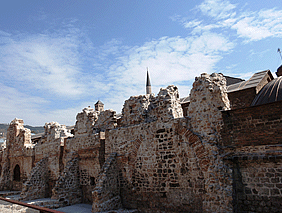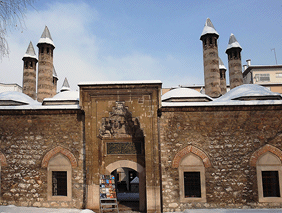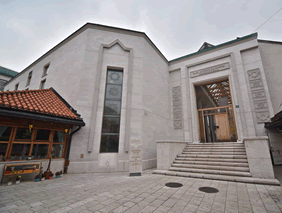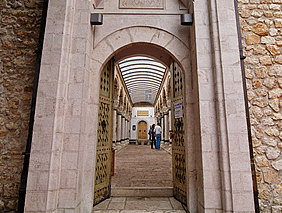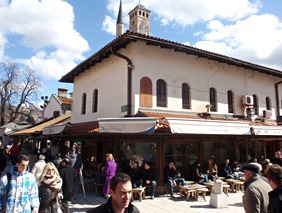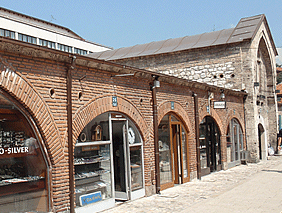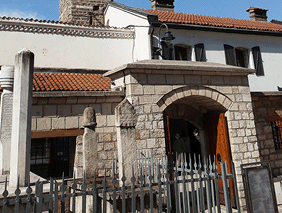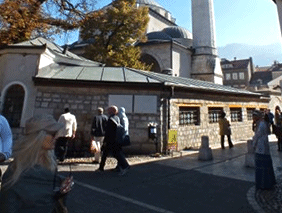|
Sarajevo through History › Ottoman period › Vratnik town walls with tower-gates
Vratnik town walls with tower-gates
After it was completed in 1739, there were three tower-gates (Sirokac, Ploca and Visegrad) and five forts. Bijela/White and Zuta/Yellow fortresses are the most significant ones.

Up until the raid of the Prince Eugene of Savoy in 1697, when numerous buildings were burnt to the ground and city severely damaged, Sarajevo was an open city. In 1727, Ahmed-Pasha Rustempasic Skopljak (governor) ordered Vratnik town to be fortified. According to his decree, the defense wall was supposed to be "one-hour walk long, two yards tick, and ten yards tall”. Ahmed-Pasha brought five fortress architects from Dubrovnik to supervise the construction. After it was completed in 1739, there were three tower-gates (Sirokac, Ploca and Visegrad) and five forts. Bijela/White and Zuta/Yellow fortresses are the most significant ones.
Zuta tabija/Yellow Fortress is a cannon fortress at Jekovac.
It was built close to the Jajce Barracks and the Jekovac water reservoir. It
served as one of the defense points against the Austro-Hungarian troops in 1878.
The fortress was damaged and rebuilt several times. The most recent renovation
took place in 1998.
Bijela tabija/White Fortress is a cannon bastion/fortress which also served to accommodate soldiers, and it is a part of the Old Town "Vratnik”. It is assumed to have been built at the site of a small medieval town "Hodidjed” (central fortress of the Vrhbosna Parish). The fortress overlooks Sarajevo with the panoramic views of the eastern entrance to Sarajevo, the Miljacka River canyon and the city itself. The White Fortress was renovated and expanded several times. The present-day structure dates back to the Austro-Hungarian period. It served as a dungeon, barrack, munitions storage, a treasury, as well as the protection against the raid of Prince Eugene of Savoy in 1697, and defense fortress in battle against occupation by the Austro-Hungarian ruler in 1878. An esteemed local architect, Zlatko Ugljen has developed a conceptual reconstruction project. According to his idea where the site would be used as a theatre/music stage in the summer season.
Višegradska kapija/Visegrad Gate is one of the three gate-towers in the Vratnik Old Town. It was built between 1727 and 1739, in limestone and a special Bosnian stone "hresa” with roof shingles. Traffic went east via the main road towards Visegrad (thus the name) and continued further to the east towards Istanbul.

|












